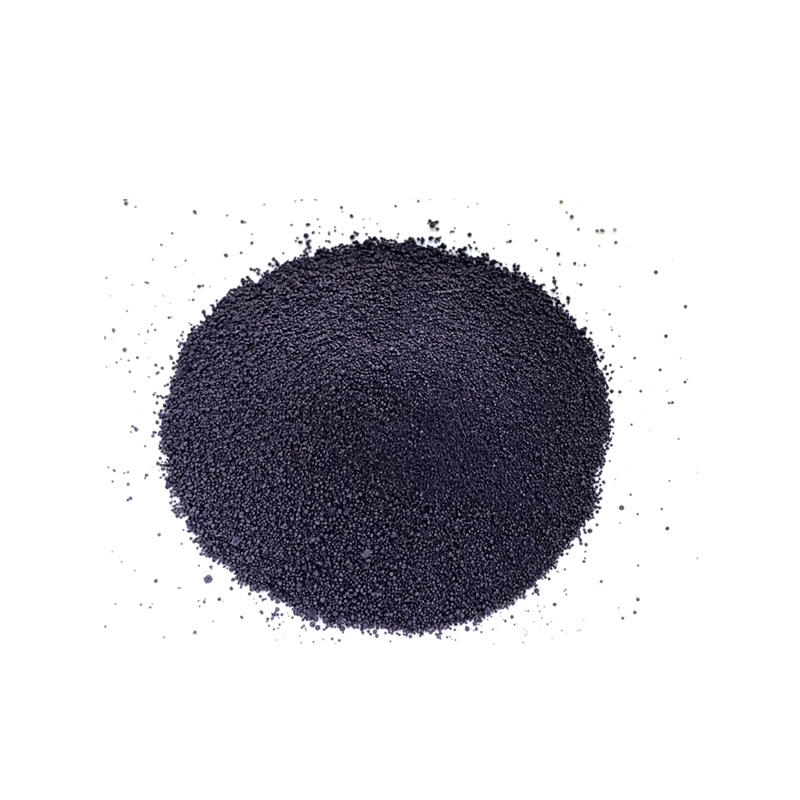indigo natural dye


When purchasing indigo-dyed products, discerning consumers often look for assurances of authenticity and quality. The cultivation and dyeing processes are both labor and knowledge-intensive, ensuring that true indigo dyed goods often reflect fair trade practices. These products not only symbolize a commitment to sustainability but also support local artisans and their communities, adding a layer of social responsibility to each purchase. Natural indigo dye is distinguished by its depth of color and its tendency to age elegantly over time. Unlike synthetic dyes, which may fade or wear unevenly, indigo-dyed products develop a patina that enhances their appeal, making each item more personal with each wear. This characteristic has solidified indigo's reputation for durability and timeless style, ensuring its continued demand among fashion-conscious consumers seeking both quality and character in their wardrobe. Confidence in the trustworthiness of indigo-dyed products is reinforced by increasingly transparent supply chains. Many producers now offer comprehensive tracing and certification, allowing consumers to verify the origins and sustainability of the indigo dye used. Standards such as Global Organic Textile Standard (GOTS) and OEKO-TEX® certification are pertinent in this field, providing documentation of the dye's environmental and social impact and reassuring consumers of their ethical consumption. As society leans toward eco-consciousness, indigo natural dye stands out as a testament to the beauty and viability of traditional crafts in the modern age. By choosing indigo dyed products, consumers invest not just in a piece of art but in sustaining a valuable cultural heritage. In doing so, they contribute to preserving the environmental and social landscapes that allow such artisanal methods to flourish responsibly.
-
Thermal Stability Analysis of Bromo Indigo Pigments
NewsJun.06,2025
-
Sulphur Black Dye Oxidation Process Optimization
NewsJun.06,2025
-
Lightfastness Testing of Bromo Indigo Dyed Denim
NewsJun.06,2025
-
Granule Size Distribution and Jeans Color Uniformity
NewsJun.06,2025
-
Gradient Dyeing Methods with Indigo Blue Granules
NewsJun.06,2025
-
Dyeing Temperature Effects on Sulphur Black Color Fastness
NewsJun.06,2025
-
Sulphur Black Dyes in Daily Use
NewsMay.07,2025

Sulphur Black
1.Name: sulphur black; Sulfur Black; Sulphur Black 1;
2.Structure formula:
3.Molecule formula: C6H4N2O5
4.CAS No.: 1326-82-5
5.HS code: 32041911
6.Product specification:Appearance:black phosphorus flakes; black liquid

Bromo Indigo; Vat Bromo-Indigo; C.I.Vat Blue 5
1.Name: Bromo indigo; Vat bromo-indigo; C.I.Vat blue 5;
2.Structure formula:
3.Molecule formula: C16H6Br4N2O2
4.CAS No.: 2475-31-2
5.HS code: 3204151000 6.Major usage and instruction: Be mainly used to dye cotton fabrics.

Indigo Blue Vat Blue
1.Name: indigo blue,vat blue 1,
2.Structure formula:
3.Molecule formula: C16H10N2O2
4.. CAS No.: 482-89-3
5.Molecule weight: 262.62
6.HS code: 3204151000
7.Major usage and instruction: Be mainly used to dye cotton fabrics.

